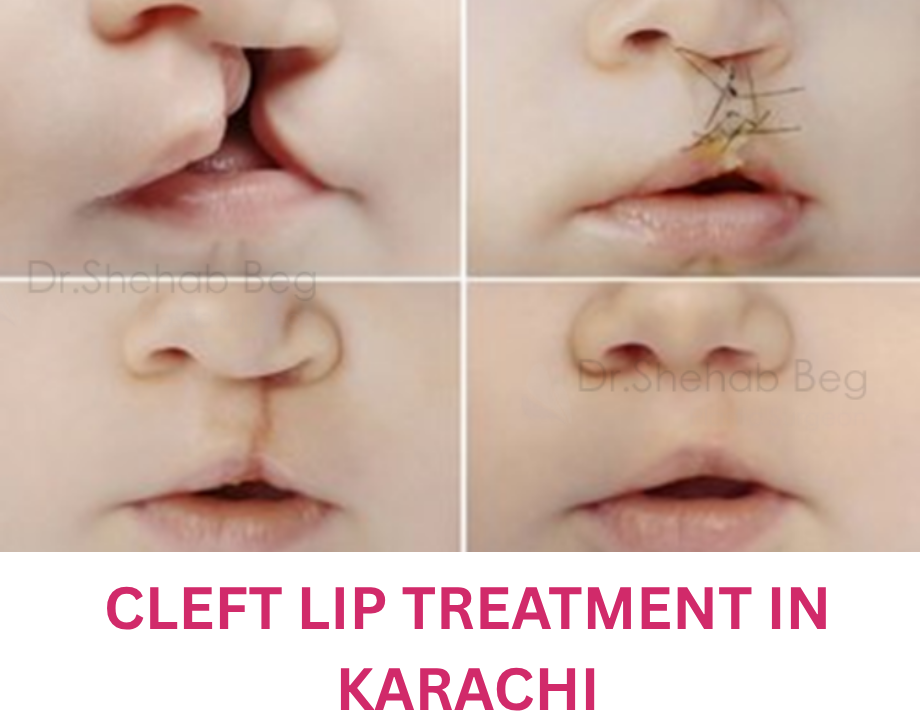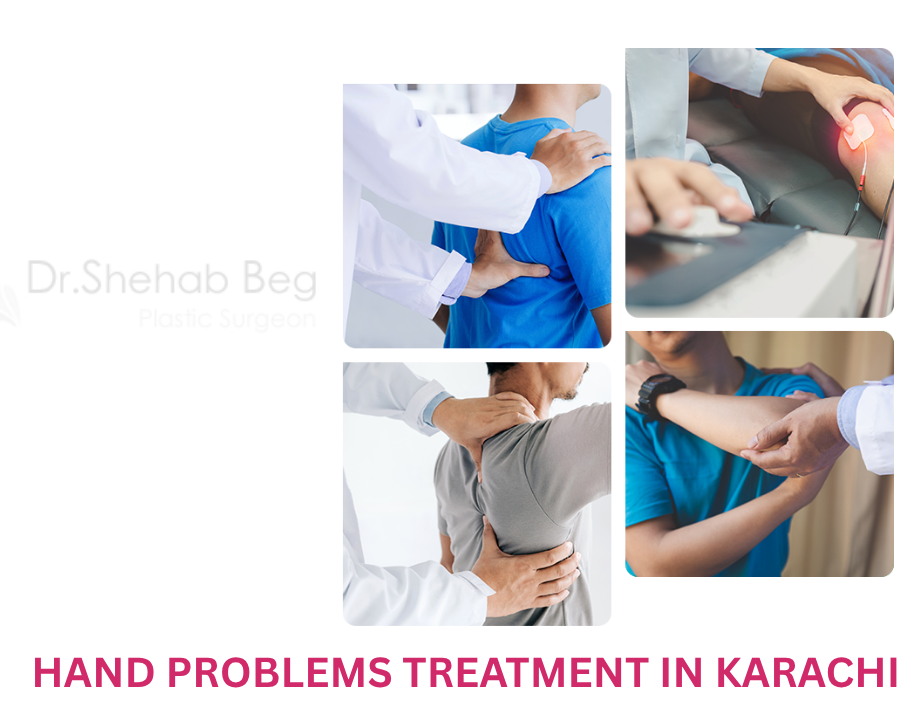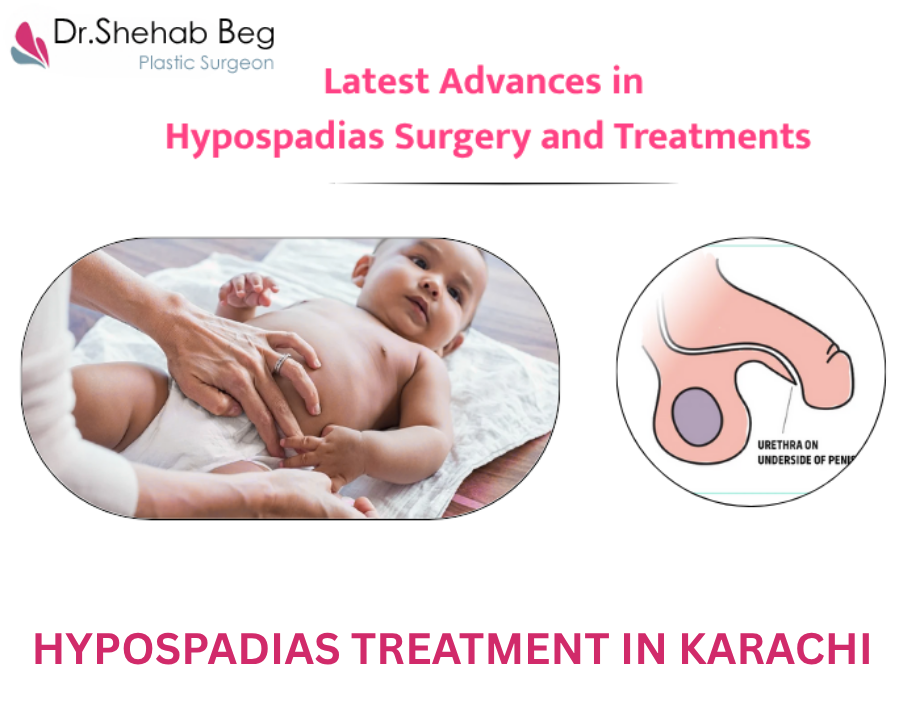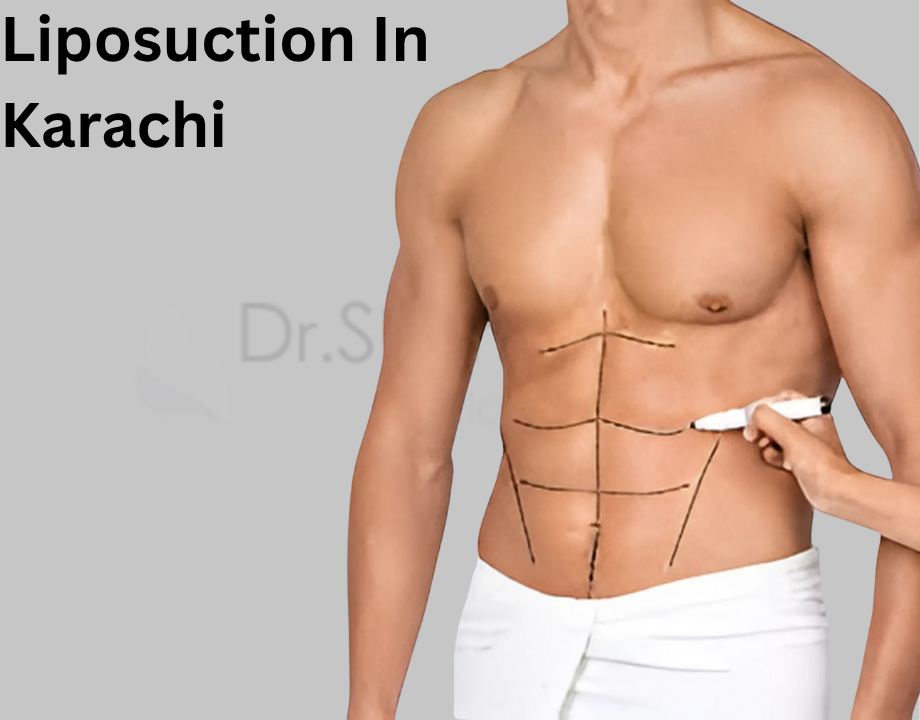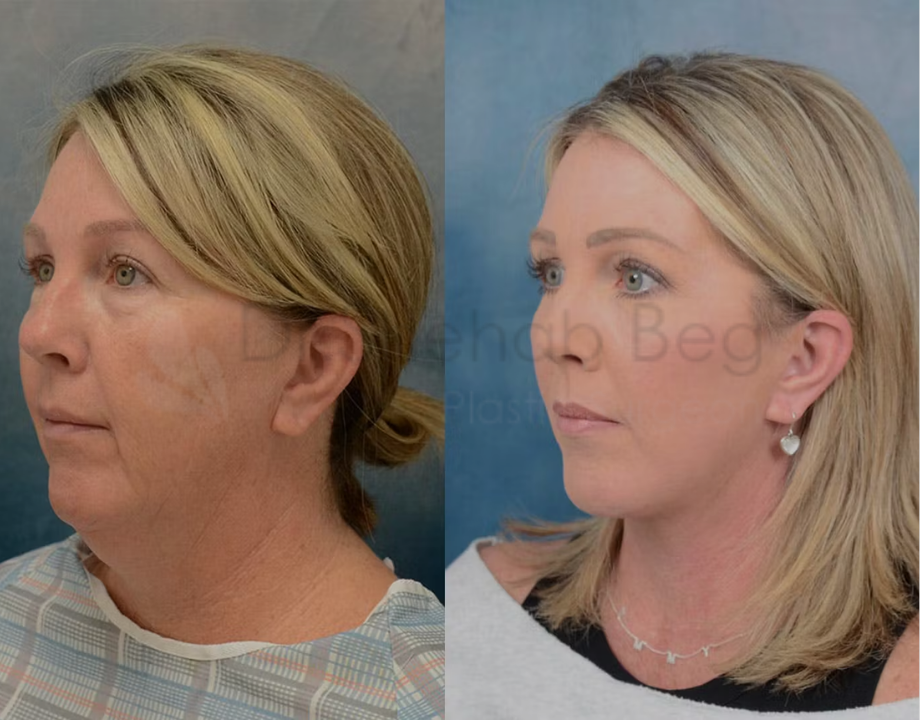Gynecomastia Treatment in Karachi: The Ultimate Guide for Men
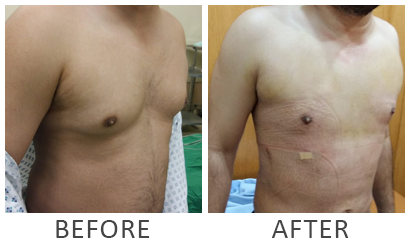
Understanding Gynecomastia and Why It Matters
Gynecomastia treatment has become an essential topic for men in Karachi, particularly among those who experience the condition known as enlarged breast tissue. This isn’t just about cosmetic appearance; gynecomastia can cause significant emotional and psychological stress. Men suffering from this condition often face challenges with body image, low self-confidence, and even social anxiety.
What Exactly Is Gynecomastia? Gynecomastia refers to the abnormal growth of male breast tissue.
often caused by hormonal imbalances. Unlike chest fat, which can be reduced with weight loss, gynecomastia involves the actual growth of glandular tissue. This condition can occur in one or both breasts and may vary from mild to more severe in some cases.
Gynecomastia is usually linked to an imbalance between the two primary hormones responsible for male characteristics—testosterone and estrogen. Higher estrogen levels or lower testosterone levels are the primary hormonal causes of gynecomastia.
Though not life-threatening, untreated gynecomastia can result in persistent emotional distress and poor body image, especially when the condition becomes noticeable in social situations or during physical activities like swimming or exercising.
Common Causes of Gynecomastia
Several factors can trigger the development of gynecomastia:
- Hormonal Changes: Puberty, aging, and other hormonal shifts can result in a temporary or long-term imbalance between estrogen and testosterone.
- Anabolic Steroids and Medications: Some medications, particularly anabolic steroids and anti-androgens (used in prostate cancer treatment), are known to trigger gynecomastia.
- Obesity and Insulin Resistance: Excess fat around the chest area can lead to symptoms similar to gynecomastia. Additionally, obesity and insulin resistance can disrupt the natural hormonal balance in the body, increasing the risk of developing gynecomastia.
- Liver and Kidney Disorders: Kidney issues and certain liver diseases can also play a significant role in the development of gynecomastia.
- Genetic Factors: A genetic predisposition may lead some men to be more susceptible to developing gynecomastia.
Recognizing the Symptoms of Gynecomastia
Men experiencing gynecomastia typically notice one or more of the following symptoms:
- Swelling or Tenderness: This can occur in one or both breasts and is often the first sign of the condition.
- Firm or Rubber-like Tissue: Unlike fat, gynecomastia involves firm, glandular tissue that may feel rubbery or dense.
- Pain or Discomfort: Some men may experience tenderness around the chest, especially when the area is pressed.
- Nipple Discharge: Although rare, some men with gynecomastia may notice nipple discharge, which may be transparent or milky.
- Emotional and Social Discomfort: Many men with gynecomastia feel embarrassed or self-conscious, especially in social situations where the chest is exposed.
Exploring Non-Surgical Treatment Options
Non-surgical treatments can help with mild cases of gynecomastia. These options may be effective when the condition is hormonally induced or when excess chest fat is the primary cause.
- Hormone Therapy: Adjusting the balance between testosterone and estrogen can help restore normal chest contours. Medication may be prescribed to block estrogen or stimulate testosterone production.
- Lifestyle Changes: Diet and exercise can be effective for men with gynecomastia caused by fat accumulation. Regular movement and healthy eating can help improve body composition and reduce fat.
- Medication Adjustments: If certain medications cause gynecomastia, a doctor may recommend altering the prescribed treatment to avoid further breast tissue growth.
- Weight Loss: For persons who are obese or overweight, losing weight through a proper diet and exercise regimen can reduce chest fat and, in some cases, alleviate mild gynecomastia.
Surgical Solutions: Male Breast Reduction Surgery
In cases where non-surgical treatments fail to yield satisfactory results or when gynecomastia is severe, the most successful course of treatment is frequently male breast reduction surgery. The procedure typically includes two key components:
- Liposuction: This method involves removing excess fatty tissue from the chest. It works especially well when fat buildup, not glandular tissue, is the source of gynecomastia.
- Excision: Excision surgery removes glandular tissue and excess skin. This method is recommended for more severe cases of gynecomastia where liposuction alone cannot achieve the desired results.
- Combination Approach: To get the greatest results, liposuction and excision are frequently combined.
- This ensures that both excess fat and glandular tissue are removed, leaving a more masculine chest contour.
What to Expect from Male Breast Reduction Surgery
- Procedure Duration: Depending on the severity of the condition, the surgery typically lasts 1 to 2 hours.
- Depending on how complicated the surgery is, either local or general anesthesia may be used.
- Recovery Time: Most men can return to work within a week. However, swelling and bruising may take several weeks to subside.
- Results: Gynecomastia surgery typically has long-lasting effects.
Benefits of Gynecomastia Surgery
The benefits of gynecomastia surgery are numerous:
- Restores Masculine Chest Contours: The primary benefit of surgery is the restoration of a more masculine chest shape.
- Improved Self-Confidence: Most men experience a significant boost in self-esteem and confidence following the surgery, particularly when they can go shirtless without embarrassment.
- Minimal Scarring: With modern surgical techniques, scarring is minimal and is often hidden around the areola or within the chest folds.
- High Satisfaction Rates: The majority of men report satisfaction with the results of gynecomastia surgery, as it provides permanent, practical solutions.
Gynecomastia Treatment Costs in Karachi
- Gynecomastia treatment costs in Karachi might vary based on a number of factors, including
- Experience of the Surgeon: Surgeons with more experience tend to bill more for their services.
- Clinic Location: The operation may cost more at upscale clinics with superior amenities.
On average, gynecomastia surgery in Karachi costs between PKR 80,000 andd PKR 150,000. While this may seem like a significant investment, the long-term psychological and physical benefits often outweigh the cost.
Choosing the Right Cosmetic Surgeon in Karachi
When choosing a cosmetic surgeon for gynecomastia treatment, it’s crucial to select a professional who specializes in male breast reduction surgeries. Here’s what to look for:
- Board Certification: Ensure that the surgeon is certified by a recognized medical board.
- Experience: The surgeon should have a proven track record in handling gynecomastia cases.
- Consultations: During your consultation, the surgeon should clearly explain the procedure’s risks, benefits, and expected outcomes.
- Before-and-After Photos: A reputable surgeon will have a portfolio of before-and-after photos of previous patients to showcase their skills.
Explore ourcosmetic surgery servicess to learn more about the treatments we offer.
For more detailed information on gynecomastia, visit the AHTCS Clinic.
Post-Surgery Care and Recovery Tips
The recovery period after gynecomastia surgery is relatively quick, but following post-operative care instructions is essential to ensure optimal results:
- Wear Compression Garments: These help reduce swelling and support the healing process. You may need to wear them for 2-4 weeks.
- Avoid Heavy Lifting: It’s essential to refrain from heavy lifting or strenuous activities for 3-4 weeks after surgery.
- Follow Medication Guidelines: Take prescribed medications as instructed to manage pain and prevent infection.
- Maintain a Dry and Clean Surgical Area: To lower the risk of infection, make sure the incision areas are kept dry and clean.
- Attend Follow-Up Appointments: Seeing your surgeon on a regular basis is essential to addressing any issues and ensuring appropriate healing.
Frequently Asked Questions (FAQs)
Is gynecomastia permanent?
Gynecomastia may resolve naturally in adolescents as they age. In adults, however, surgery provides a permanent solution.
Does the surgery leave scars?
Modern techniques result in minimal scarring. Incisionre typically made around the areola or within the chest folds, making them less noticeable.
How soon will I see the results?
You will notice immediate changes after the surgery, although swelling may take a few weeks to subside entirely.
Can gynecomastia return after surgery?
In rare cases, gynecomastia may recur. Recurrence risk can be decreased, though leading a healthy lifestyle and getting frequent checkups.
In summary, take control of your confidence.
You’re not alone if you’re thinking about getting gynecomastia treatment in Karachi. Treatment for gynecomastia has helped many men restore their confidence and enhance their quality of life, and this issue is more common than you might imagine. Taking action can make a big difference in your life, whether you decide foonale breast reduction surgery, lifestyle changes, or hormone medication.
Gynecomastia shouldn’t define you. To start along the path to a more comfortable and self-assured life, schedule your appointment right now.
📞 Do you need help? For a private consultation, give us a call right now or contact us.

